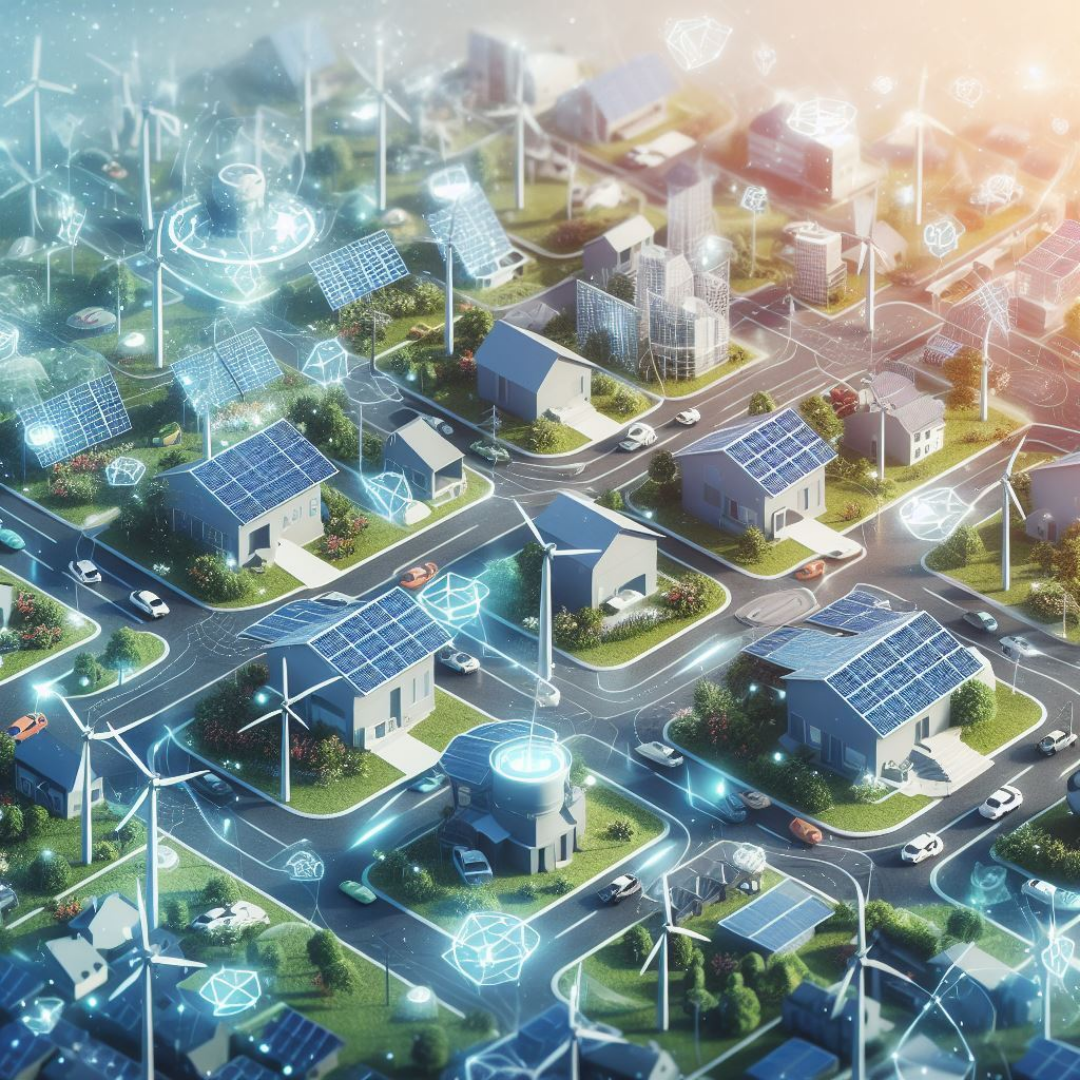The report, titled “Electricity Grids and Secure Energy Transitions,” offers an unprecedented assessment of global grid infrastructure.

The International Energy Agency (IEA) has brought attention to a crucial issue in a ground-breaking report: the global electricity grids, which have served as the backbone of power distribution for more than a century, run the risk of becoming the Achilles’ heel of the transition to clean energy. Without prompt action from governments and business leaders, efforts to combat climate change and guarantee a steady supply of power might stall.
The report, titled “Electricity Grids and Secure Energy Transitions,” offers an unprecedented assessment of global grid infrastructure. It raises concerns that these grids are struggling to keep pace with the rapid expansion of vital clean energy technologies, including solar, wind, electric vehicles, and heat pumps. Failure to address these shortcomings could jeopardize the target of limiting global warming to 1.5°C and compromise energy security.
Meeting national climate and energy objectives will necessitate the addition or replacement of a staggering 80 million kilometers of power lines by 2040, equivalent to the current global grid’s entire length.
A comprehensive country-by-country analysis, conducted for the report, underscores the imperative for substantial changes in grid operation and regulation. Moreover, annual grid investment, which has plateaued, must double to over USD 600 billion annually by 2030.
Signs of strain are already apparent. The report identifies a substantial backlog of renewable energy projects awaiting grid connection, totaling 1,500 gigawatts. This figure is five times the combined solar and wind capacity added worldwide in the previous year.
Fatih Birol, Executive Director of the IEA, emphasizes, “The remarkable progress in clean energy witnessed in numerous countries is a cause for hope, but it hangs in the balance if governments and businesses fail to prepare our electricity grids for the swiftly evolving global energy landscape. This report lays bare the stakes and the necessary steps. We must invest in grids today to avoid gridlock tomorrow.”
The influence of electricity is on a trajectory of relentless growth, placing unprecedented demands on grids. The integration of technologies like electric vehicles and heat pumps is gradually displacing conventional fossil fuel dominance.
Simultaneously, nations are embarking on ambitious renewable energy ventures, necessitating additional power lines for seamless integration into existing grids and robust distribution networks to ensure reliable end-user supply. This transition involves the digitalization of distribution grids and enabling enhanced flexibility through demand response and energy storage.
The report introduces a sobering scenario, the Grid Delay Case, projecting the consequences of insufficient grid investment and tardy regulatory reforms. It anticipates nearly 60 billion additional tonnes of carbon dioxide emissions between 2030 and 2050, owing to a sluggish transition to renewables and increased fossil fuel consumption.
This surge is equivalent to the total CO2 emissions from the global power sector over the past four years, pushing global temperature rise beyond the Paris Agreement’s 1.5°C target, with a 40% probability of exceeding 2°C.
To mitigate these risks, the report outlines strategic actions. These include amplifying and fortifying grid interconnections within and between countries, creating more resilient electricity systems capable of integrating escalating shares of solar and wind power.
Governments are urged to endorse large-scale transmission projects to accommodate the anticipated surge in renewable power. Furthermore, grid developers and operators are encouraged to embrace digitalization, a key factor in building future grids that are both resilient and flexible.
Timeliness is of the essence due to the protracted lead times involved in modernizing and expanding grids. Typically, new grid infrastructure requires 5 to 15 years for planning, permitting, and completion—contrasting sharply with 1 to 5 years for renewable projects and under 2 years for new electric vehicle charging infrastructure.
Fulfilling the imperative of enhancing and extending grid infrastructure worldwide necessitates robust international cooperation. With emerging economies, excluding China, witnessing a decline in grid investments despite sustained growth in electricity demand, there is an urgent need for collective action.
Dr. Birol underscores, “Empowering developing nations with the resources to upgrade and modernize their electricity grids is a shared responsibility of the international community. By mobilizing funding, offering technology access, and sharing policy best practices, leading economies can enhance lives, fortify sustainable development, and mitigate climate change risks.”